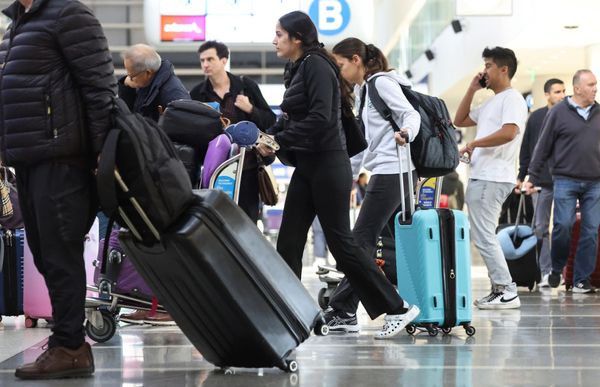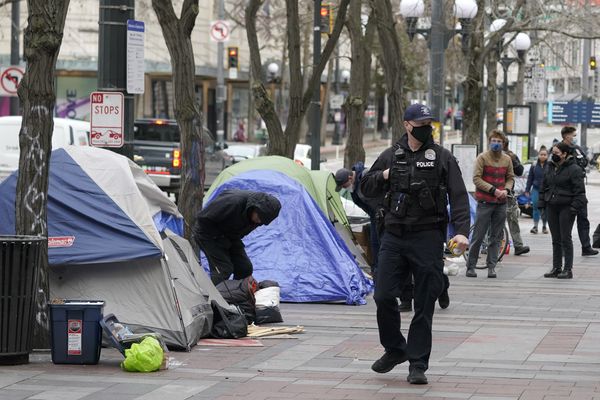

To return to the stylized fact, growth leads to a reduction in the poverty ratio. The proportion of people below the poverty line declines and so does the absolute number of poor. In a process of growth, which households move above the poverty line? Those just below it. As poverty ratios drop, further reductions become more difficult. So, over time, the reduction isn’t linear. That’s the reason, once growth has led to sharp reductions, headcount ratios tend to be sticky. To state it more technically, consumption distributions are log normal. Declines are sharper when the thick part of the distribution moves above the poverty line. Growth is correlated with poverty reduction. That is empirically validated by cross-country experience as well as India’s historical experience. Our growth may have slowed, but before the covid shock, did it turn negative? Since it did not, there must have been declines in poverty, perhaps at slower rates. It is possible that the temporary shock of covid temporarily reversed the trend. In addition to the health and employment shock, there was an increase in medical costs. Wild figures have floated around, suggesting millions of Indians dropped below the poverty line because of the pandemic. If growth enabled those just below the poverty line to move above, it is plausible that a temporary exogenous shock would move them below the line, temporarily. That is, once growth recovers, the negative trend will reverse itself.
To measure poverty, one needs: (a) a poverty line; and (b) accurate data. The Household Consumption Expenditure survey has been the basis of estimation of poverty in the country. It is a detailed survey seeking information on expenditure by household of around 350 items of food, clothing, durable goods, education, health, transport, fuel, rent, etc. The last such survey for which results are available is 2011-12. Hence, in a sense, the official poverty ratios still date to 2011-12. Using various assumptions, people have tried to extrapolate what 2011-12 told us. The National Sample Survey Office (NSSO) is going to start next NSS survey in July 2022 for the period 2022-23, the final results of which may be available by end of 2023. This means we should explore alternative data sources that are reliable enough to provide comprehensive coverage.
The Periodic Labour Force Survey (PLFS) by the NSSO also collects information about usual household consumption expenditure. Till 2019-20, the PLFS used to collect the monthly consumption expenditure of households through a single question. However, in the PLFS conducted during 2020-21, the information on household’s expenditure was collected through five questions relating to: (a) goods and services; (b) homegrown produce; (c) imputed value of in-kind transfers and gifts; (d) expenditure on clothing, footwear etc; and (e) expenditure on durable goods. In other words, the PLFS now approximates a NSS household consumption expenditure survey rather well.
To complete the picture, one now has to splice in a poverty line. The official poverty line is still the Tendulkar poverty line, available for 2011-12, state-wise, and separately for rural and urban areas. We have used the Consumer Price Index (CPI) for price changes since 2011-12, to arrive at corresponding poverty lines for 2020-21. After that, using PLFS 2020-21 household monthly consumption data, the percentage of population living below that poverty line has been estimated.
The all-India poverty ratio in 2020-21 is 17.9%, compared to 21.9% in 2011-12, with lower poverty in urban India compared to rural India. Poverty ratios have declined over this period, though by not as much as they might have. The quantum was limited by the pandemic. This, however, has implications for sustainable development goals. The explanation for poverty ratio stickiness is clear from our state-level figures, with some variations across rural and urban areas. Of particular concern is the deterioration in Himachal Pradesh, Jammu and Kashmir, Karnataka, Maharashtra, Rajasthan, Sikkim and Uttarakhand. In contrast, Assam, Bihar, Chhattisgarh, Jharkhand, Madhya Pradesh, Odisha, Uttar Pradesh and West Bengal are remarkable successes. These red areas, with an obvious difference between the base (the absolute) and the increment, are no longer classic ‘BIMARU’. With caveats, that is what these findings tell us.
Bibek Debroy, Sarvadanand Barnwal & Aditya Sinha are, respectively, chairman, joint director and additional private secretary (research) of the Economic Advisory Council to the Prime Minister







